Snakes are fascinating creatures that have been around for millions of years. There are nearly 3,000 species of snakes distributed nearly worldwide, and they can be classified into three main types: constrictors, venomous snakes, and non-venomous predators.
While only a fraction of snake species can actually kill humans, it’s important to know about the different types of snakes and their characteristics.
You are reading: Types Of Snakes: Every Species You Need To Know
In this article, we will cover some of the most dangerous, common, and unique snakes, organized alphabetically by family, so you can learn about every species you need to know.
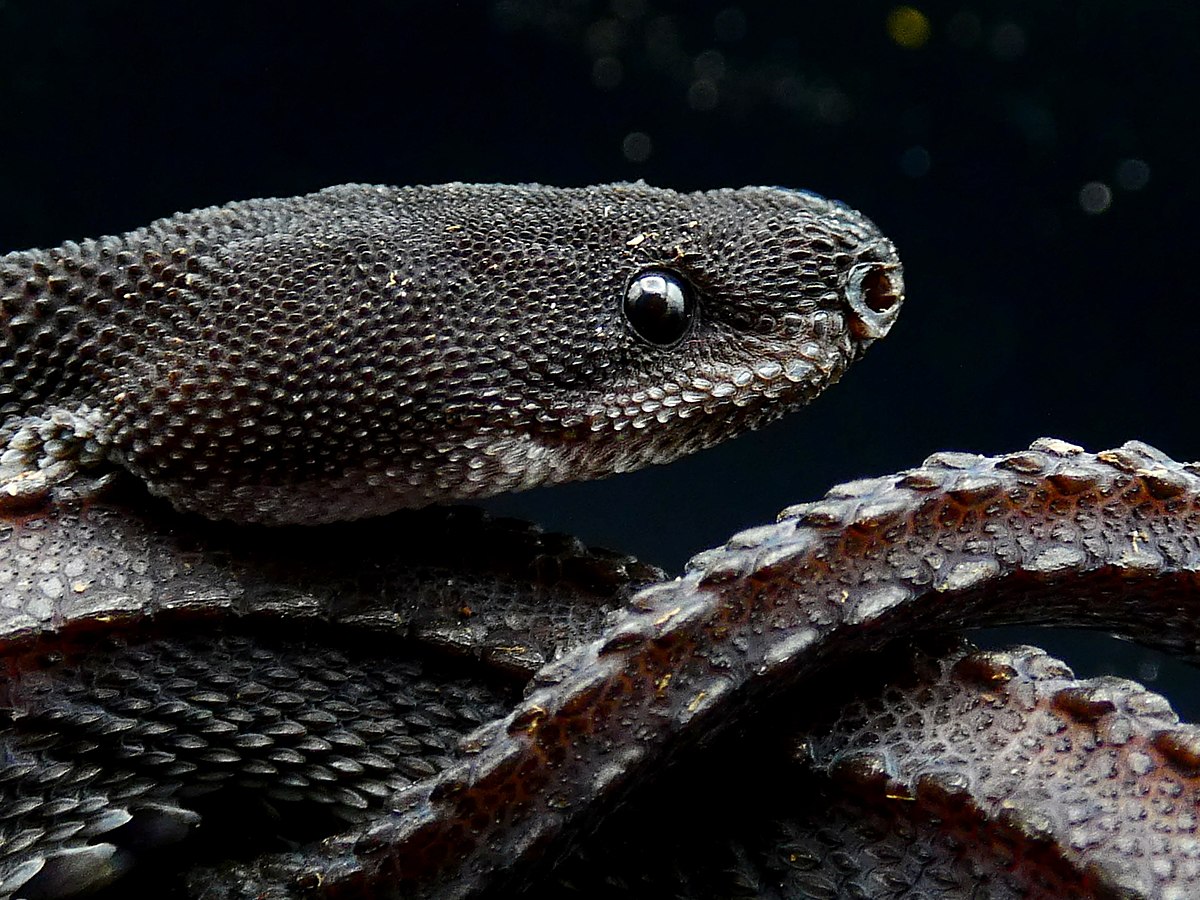
Types Of Snakes: Every Species You Need To Know
African burrowing python family (Calabariidae)
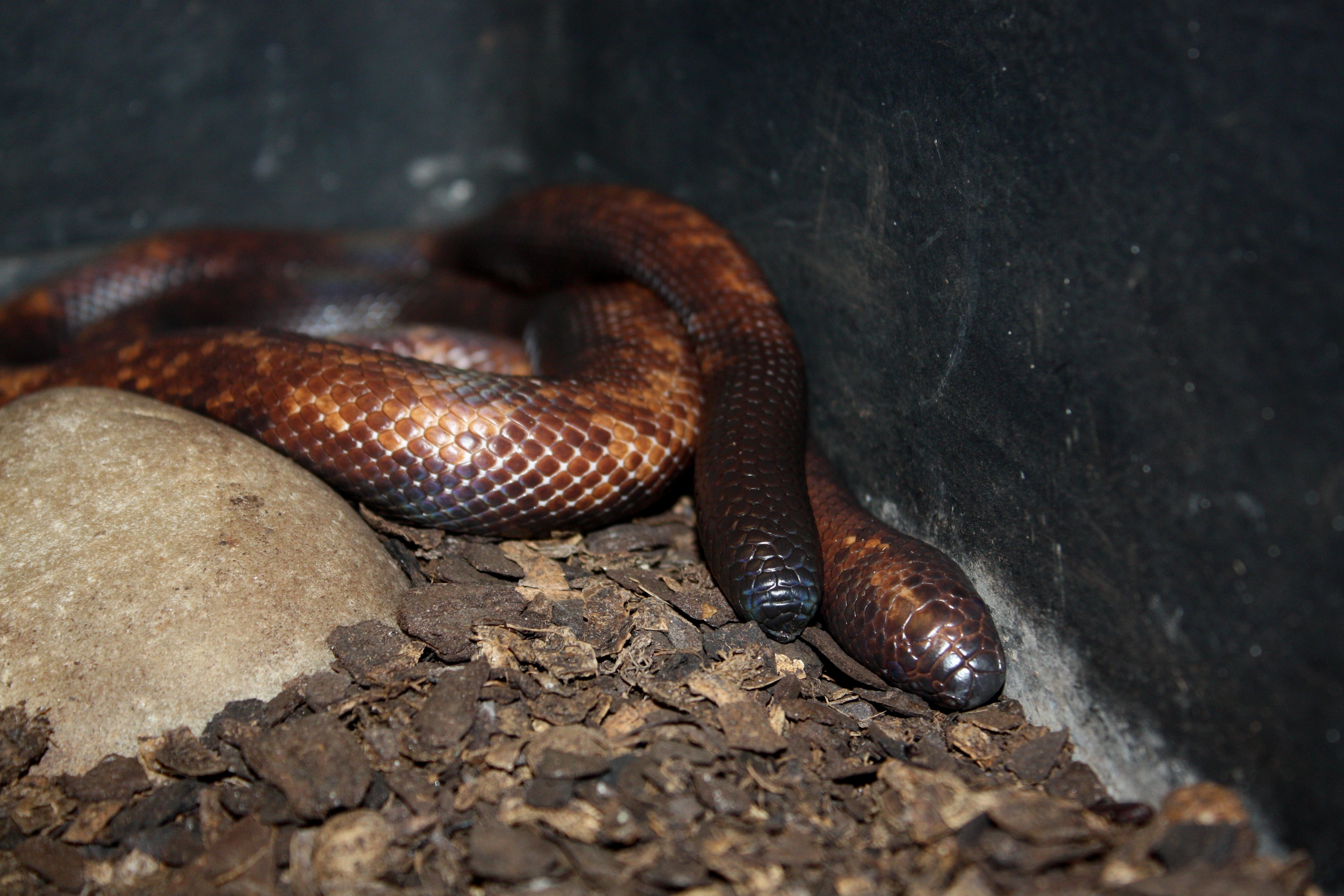
The African burrowing python (Calabaria reinhardtii) is a species of non-venomous snake in the family Calabariidae. This species is endemic to West and Central Africa and is the only species in its genus.
The African burrowing python is also known as the Calabar ground python, burrowing boa, Calabar boa, Calabar ground boa, two-headed boa, West African burrowing boa, and West African ground boa. It is a fossorial and small member of the Pythonidae family.
The African burrowing python is listed in CITES Appendix II.
Bevel-nosed boa family (cylindrophiidae)
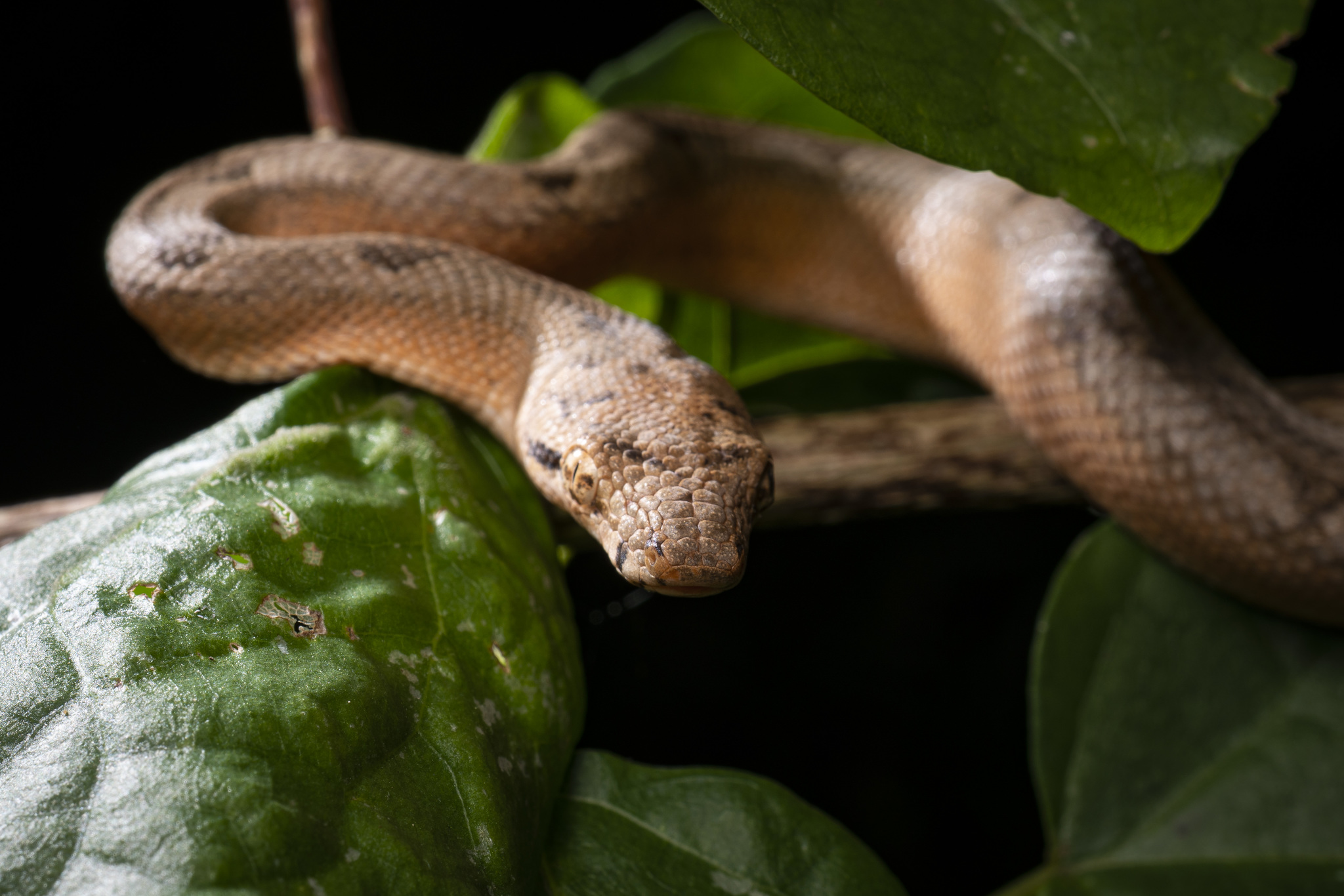
The bevel-nosed boa family (Cylindrophiidae) is a small family of non-venomous snakes that includes only two genera: Cylindrophis and Candoia. These snakes are found in Southeast Asia, the Pacific Islands, and parts of Africa.
The bevel-nosed boas are fossorial, meaning they spend most of their time underground, and have small eyes and a pointed snout that helps them burrow through soil. They are relatively small, with most species growing to less than a meter in length.
The diet of bevel-nosed boas consists mainly of lizards and frogs. Some notable species in this family include Paulson’s bevel-nosed boa (Candoia paulsoni) and the Palau bevel-nosed boa (Candoia superciliosa).
Boa family (boidae)
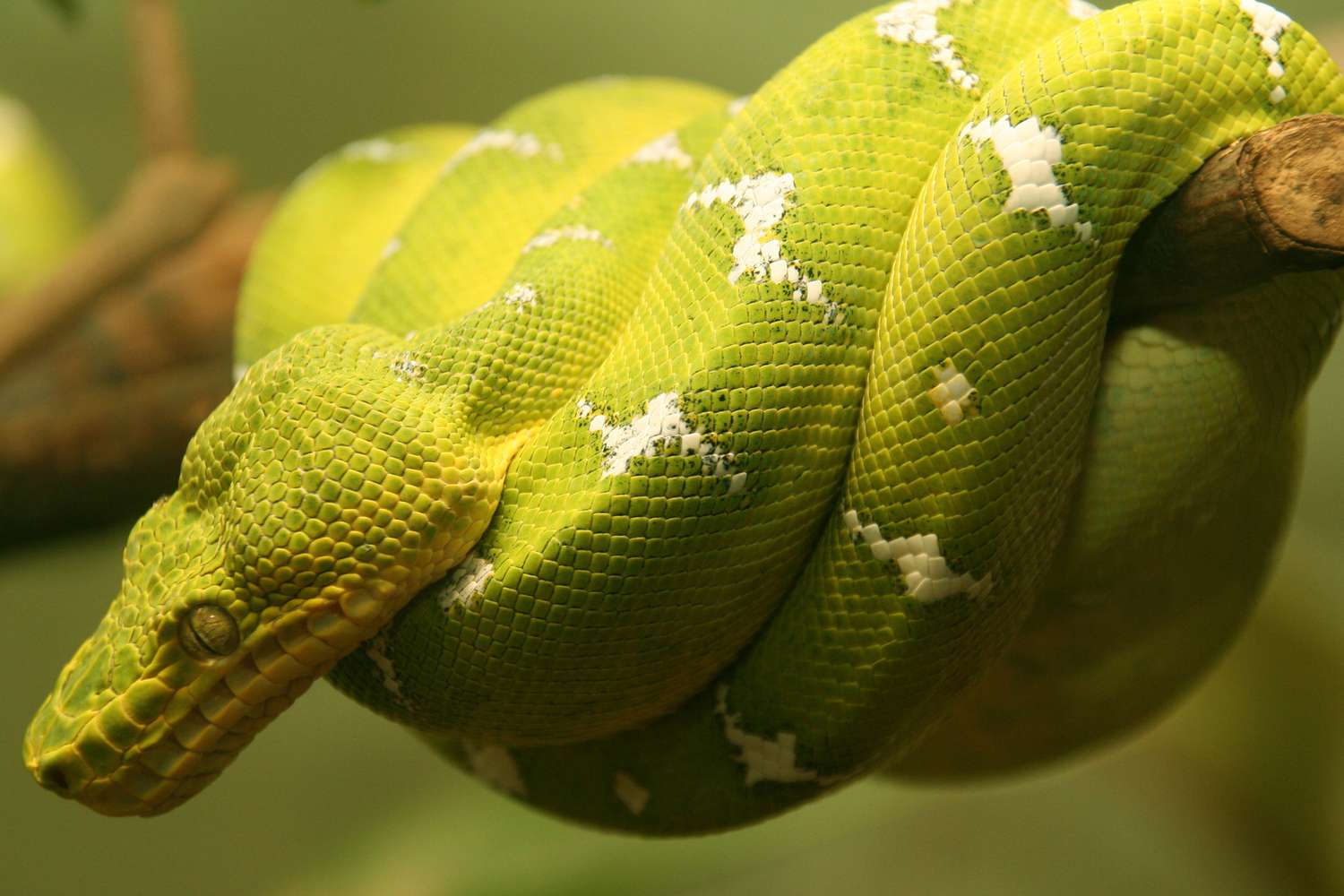
The boa family (Boidae) is a group of non-venomous snakes that are primarily found in the Americas, as well as Africa, Europe, Asia, and some Pacific islands. B
oas include some of the world’s largest snakes, with the green anaconda of South America being the heaviest and second-longest snake known. The family Boidae is divided into two subfamilies: Boinae and Erycinae.
Boinae includes the boa constrictor, tree boas, and anacondas of the American tropics, while Erycinae includes the sandboa, rubber boa, rosy boa, and Calabar boa.
There are more than 40 species of true boas in the family Boidae. Here are some key facts about the boa family:
– Boas are non-venomous constrictors.
– Boas are found in the Americas, Africa, Europe, Asia, and some Pacific islands.
– Boas include some of the world’s largest snakes, such as the green anaconda.
– The family Boidae is divided into two subfamilies: Boinae and Erycinae.
– Boinae includes the boa constrictor, tree boas, and anacondas of the American tropics.
– Erycinae includes the sandboa, rubber boa, rosy boa, and Calabar boa.
– There are more than 40 species of true boas in the family Boidae.
Colubrid family (colubridae)
The colubrid family (Colubridae) is the largest family of snakes, with 249 genera and approximately 1,760 species.
Colubrid snakes are found on every continent except Antarctica and are characterized by the complete absence of hind limbs, the absence or considerable reduction of the left lung, and the lack of teeth on the premaxilla. They have a loose facial structure, relatively few head scales, and ventral scales as wide as the body.
Most colubrids have solid and conical teeth, while some have grooved teeth at the rear of the upper jaw and produce a venom that induces paralysis. A few have short, erect fangs in the front half of the mouth. Colubrids lay eggs, but some (especially the aquatic forms) are live-bearing.
While colubrids were historically used as a “wastebasket taxon” for snakes that do not fit elsewhere, recent studies have shown that many colubrids are more closely related to other groups, such as elapids, than to each other.
Coral snake family (elapidae)
The coral snake family (Elapidae) is a group of venomous snakes that includes more than 100 species of small, secretive, and brightly patterned snakes.
Coral snakes are found in the Americas, Asia, and Africa, and are characterized by their permanently erect fangs at the front of the mouth. The family Elapidae includes cobras, mambas, and sea snakes, and is represented in North America by the coral snake Micrurus.
New World coral snakes range in size from 40 to 160 cm and are classified in two genera (Micruroides and Micrurus). Old World coral snakes are classified in three genera (Calliophis, Hemibungarus, and Sinomicrurus).
Most species are tricolored, with various combinations of red, black, and yellow or white rings, and all have smooth scales and a short tail. The venom of coral snakes is neurotoxic and can cause respiratory failure and death.
Crotalid family (crotalidae)
The Crotalid family (Crotalidae) is a group of venomous snakes commonly known as pit vipers. They are found throughout the continental United States and Canada.
The Crotalidae family includes three genera of venomous snakes that inhabit the United States: Crotalus, Sistrurus, and Agkistrodon. The pit vipers have a distinctive triangular head, vertical pupils, and heat-sensing pits located between the eye and nostril on each side of the head.
The venom of pit vipers is primarily hemotoxic, meaning it destroys red blood cells and causes tissue damage. The symptoms of pit viper envenomation can include pain, swelling, bruising, bleeding, and in severe cases, shock and death. Treatment for pit viper envenomation includes antivenom, pain management, and supportive care.
File snake family (acrochordidae)
Read more : 8 Types Of Honey Bees And How To Identify Each
The file snake family (Acrochordidae) is a small family of aquatic snakes that includes only one genus, Acrochordus. The family is also known as wart snakes, Java wart snakes, elephant trunk snakes, or dogface snakes.
File snakes are found in Australia and tropical Asia, and are characterized by their rough, granular skin, which gives them a file-like appearance. They have a cylindrical body, a short tail, and a small head with eyes and nostrils located on the top of the head.
File snakes are non-venomous and feed on fish and other aquatic animals. There are three recognized species of file snakes: the little file snake (Acrochordus granulatus), the beaked sea snake (Acrochordus javanicus), and the Arafura file snake (Acrochordus arafurae).
The phylogenetic relationships between file snakes and other snakes are unclear, and some morphological features of file snakes are so different from those of other snakes that they have been joined in a separate superfamily, Acrochordoidea.
Garter snake family (natricidae)
The garter snake family (Natricidae) is a subfamily of colubroid snakes that includes many common snake species, such as the European grass snakes, North American water snakes, and garter snakes.
Here are some key facts about the garter snake family:
– Natricidae is a subfamily of colubroid snakes.
– Natricidae includes many common snake species, such as the European grass snakes, North American water snakes, and garter snakes.
– Garter snakes are found throughout North America, from Canada to Central America.
– Garter snakes are non-venomous and feed on a variety of prey, including earthworms, frogs, toads, salamanders, insects, mice, and small birds.
– Garter snakes are known for their distinctive stripes, which run the length of their bodies and can be yellow, green, blue, or red.
– Garter snakes are active during the day and are often found near water, such as streams, ponds, and wetlands.
– Garter snakes are important predators in their ecosystems and help control populations of their prey species.
Homalopsid family (homalopsidae)
The Homalopsidae family is a group of snakes that contains about 28 genera and more than 50 species. They are commonly known as Indo-Australian water snakes, mudsnakes, or bockadams.
Homalopsid snakes are typically stout-bodied water snakes, and all are mildly venomous. They are found in Southeast Asia, New Guinea, and parts of Australia.
Homalopsid snakes are rear-fanged and considered harmless to humans. They are freshwater aquatic species that are found in a wide range of habitats including ponds, rivers, flowing streams, swamps, marshes, and other wetlands.
The largest species of Homalopsidae can reach body lengths of 1.3 meters. Two monotypic genera are notable for their unusual morphology.
King cobra family (elapidae)
The king cobra (Ophiophagus hannah) is a venomous snake that is the longest venomous snake in the world, reaching lengths of up to 5.85 meters. It is the sole member of the genus Ophiophagus and is not taxonomically a true cobra.
King cobras are found in Asia and are known for their distinctive hood, which they flare when threatened. They are rear-fanged and their venom is primarily neurotoxic, causing respiratory failure and death in some cases.
King cobras are important in many cultures, and are often featured in mythology and traditional medicine. They are also the national reptile of India. King cobras are apex predators and feed mainly on other snakes, including venomous species.
Python family (pythonidae)
The Pythonidae family is a group of non-venomous constricting snakes that are native to the tropics and subtropics of the Eastern Hemisphere.
Pythons are among the largest snakes in the world, with some species reaching lengths of up to 5.85 meters. The family Pythonidae includes 10 recognized species of pythons, with three formerly considered subspecies promoted to full species status.
Pythons are popular as pets, with species such as the ball python, Burmese python, and reticulated python being commonly kept in captivity.
Pythons are oviparous, meaning they lay eggs, and are known for their ability to constrict their prey to suffocate it prior to consumption.
Pythons are more closely related to sunbeam snakes and the Mexican python than to boas, despite their superficial resemblance to boas. Here are some key facts about the Pythonidae family:
– Pythonidae is a family of non-venomous constricting snakes.
– Pythons are among the largest snakes in the world, with some species reaching lengths of up to 5.85 meters.
– The family Pythonidae includes 10 recognized species of pythons, with three formerly considered subspecies promoted to full species status.
– Pythons are popular as pets, with species such as the ball python, Burmese python, and reticulated python being commonly kept in captivity.
– Pythons are oviparous, meaning they lay eggs.
– Pythons are known for their ability to constrict their prey to suffocate it prior to consumption.
– Pythons are more closely related to sunbeam snakes and the Mexican python than to boas, despite their superficial resemblance to boas.
Racer family (colubridae)
The racer family (Colubridae) is a subfamily of colubroid snakes that includes many common snake species, such as the North American racers, European grass snakes, and garter snakes. Here are some key facts about the racer family:
– Colubridae is a subfamily of colubroid snakes.
– Colubridae includes many common snake species, such as the North American racers, European grass snakes, and garter snakes.
– North American racers are slender and long-tailed, with big eyes and smooth scales. Some are 1.8 meters (about 6 feet) long. They are active by day and are among the fastest of snakes, moving at a speed of about 5.6 km (3.5 miles) per hour on the ground and through bushes.
– Racer snakes of North America belong to a single species, Coluber constrictor, and several species of the genus Elaphe in Southeast Asia are called racers.
– The young of all subspecies are blotched or spotted.
– Racer snakes are non-venomous and feed on a variety of prey, including small rodents, insects, frogs, birds, other snakes, and bird eggs.
– Racer snakes are important predators in their ecosystems and help control populations of their prey species.
Sea snake family (elapidae)
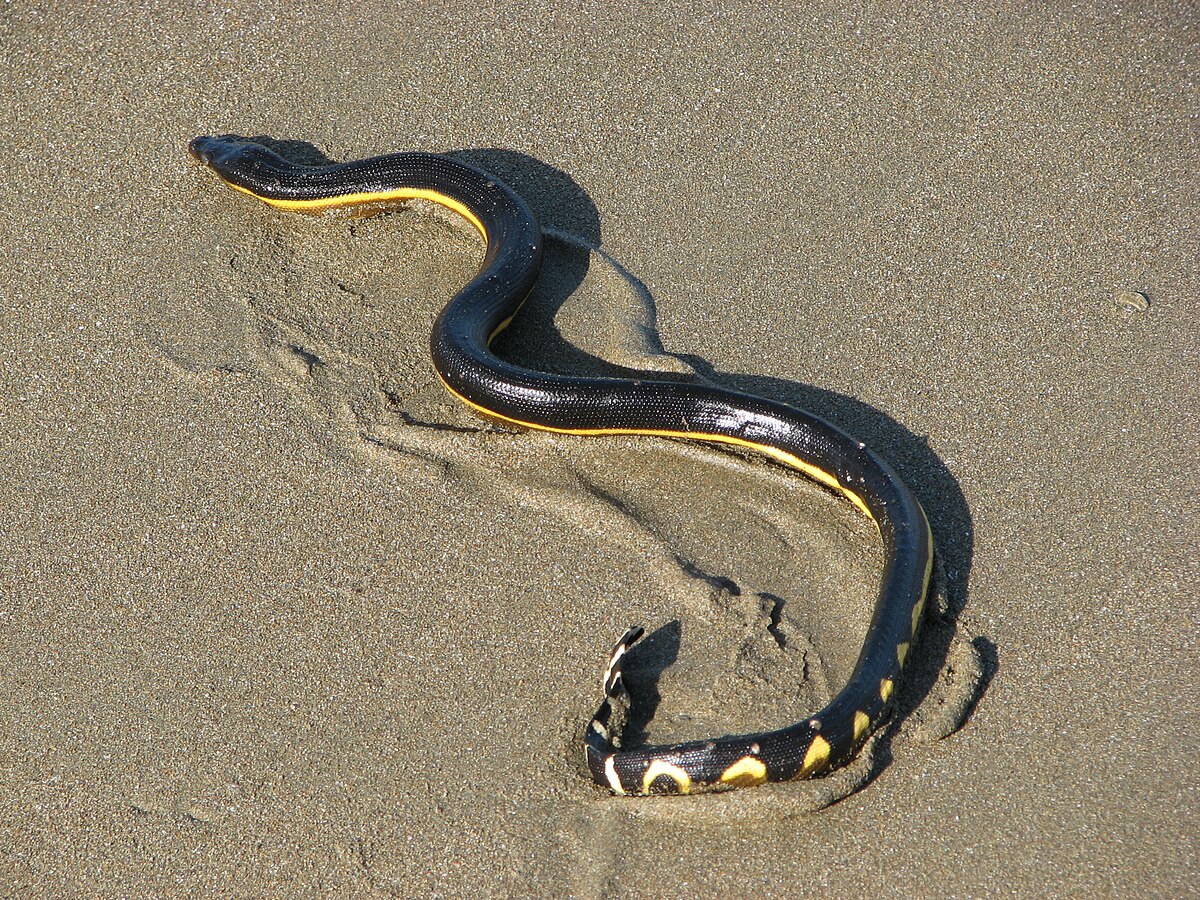
Sea snakes, also known as coral reef snakes, are a group of elapid snakes that inhabit marine environments for most or all of their lives. They belong to the subfamily Hydrophiinae, which is a subfamily of venomous snakes in the family Elapidae.
Sea snakes have adapted to a marine way of life in different ways and to various degrees. All have evolved paddle-like tails for swimming and the ability to excrete salt. Most also have laterally compressed bodies, their ventral scales are much reduced in size, their nostrils are located dorsally (no internasal scales), and they give birth to live young.
Sea snakes are highly venomous, with some species having venom that is among the most potent of all snakes. However, human fatalities are rare because sea snakes are not aggressive, their venom output is small, and their fangs are very short.
Shield-tailed snake family (uropeltidae)
The Shield-tailed snake family (Uropeltidae) is a group of primitive, non-venomous, burrowing snakes native to Peninsular India and Sri Lanka. The name is derived from the Greek words ura (‘tail’) and pelte (‘shield’), indicating the presence of the large keratinous shield at the tip of the tail.
There are over 50 species in the family, and they are not well known in terms of their diversity, biology, and natural history.
Shield-tailed snakes are small, with adults growing to a total length (including tail) of 20–75 cm (7.9–29.5 in). They are adapted to a burrowing lifestyle and have narrow, pointed heads with tiny eyes beneath head shields.
Shield-tailed snakes are harmless, specialized snakes that live at higher elevations in loose soil, among plant roots, under decaying vegetation, and in agricultural beds. They dig their own tunnels, which are plugged by their disked tails that provide a purchase when tunneling.
When they are handled, their defensive behavior is to coil up and bury their head in the center of the coil, exposing only the shielded tail.
Spiny-headed snake family (xenodermatidae)
Read more : The Top 5 Most Aggressive Bees
The spiny-headed snake family (Xenodermatidae) is a small family of non-venomous snakes that includes only one genus, Hydrophis, which is also known as the sea snakes.
The spiny-headed sea snake (Hydrophis peronii) is a medium-sized snake that is found in the waters of the Indian and Pacific Oceans. It is characterized by its small head, flattened tail, and raised supraoculars with pointed free borders.
The spiny-headed sea snake is named for the spiny scales on its head, which are thought to provide protection against predators. It is a highly venomous species, with venom that is primarily neurotoxic, causing respiratory failure and death in some cases.
The spiny-headed sea snake is an important predator in marine ecosystems, feeding mainly on fish and other sea snakes.
Sunbeam snake family (xenopeltidae)
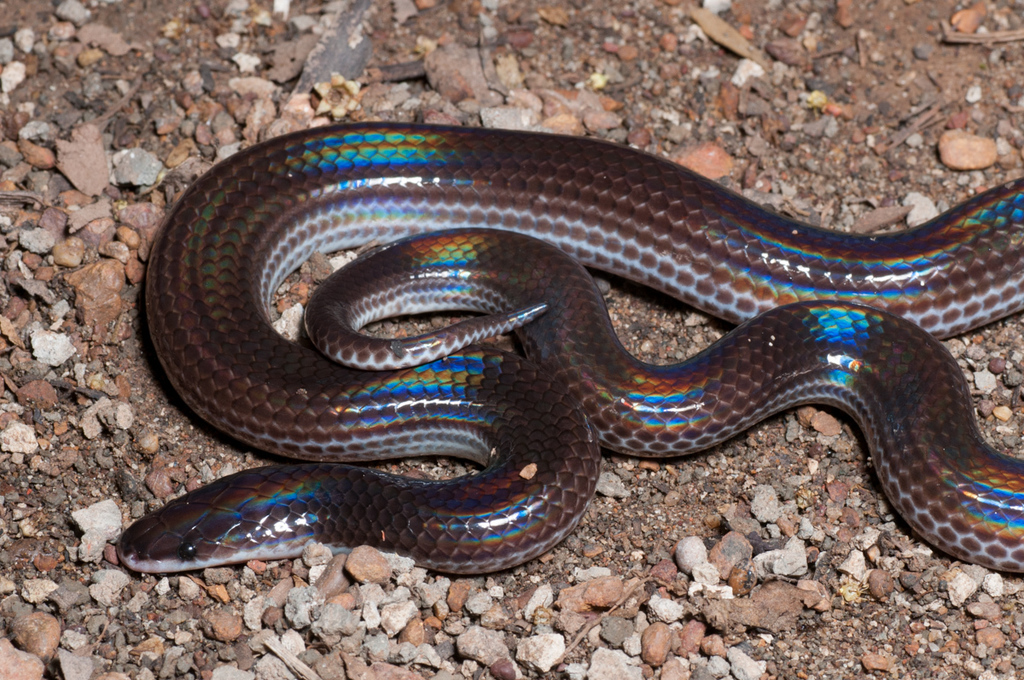
The sunbeam snake family (Xenopeltidae) is a small family of non-venomous snakes that includes only one genus, Xenopeltis, which is also known as the sunbeam snakes. Sunbeam snakes are found in Southeast Asia, from the Andaman and Nicobar Islands, east through Myanmar to southern China, Thailand, Laos, Cambodia, Vietnam, the Malay Peninsula, and the East Indies to Sulawesi, as well as the Philippines.
Sunbeam snakes are known for their highly iridescent scales, which are smooth and shiny. There are three recognized species of sunbeam snakes, each one with no subspecies.
Sunbeam snakes are fossorial, meaning they spend most of their time underground, and are semifossorial snakes with smooth, shiny, and iridescent scales. They are adapted to a burrowing lifestyle and have narrow, pointed heads with tiny eyes beneath head shields.
Sunbeam snakes are oviparous, meaning they lay eggs, and feed mainly on lizards, snakes, frogs, and small mammals. The sunbeam snake is nocturnal and burrows in the mud and decaying vegetation of rice paddies, marshes, and ditches.
Taipan family (elapidae)
The Taipan is a highly venomous snake that belongs to the genus Oxyuranus in the Elapidae family. Taipans are large, fast-moving, and endemic to Australia and New Guinea.
There are three recognized species of Taipans, one of which is the coastal taipan (Oxyuranus scutellatus), which is the largest Australian elapid.
The coastal taipan is highly venomous and is native to the coastal regions of northern and eastern Australia and the island of New Guinea.
The inland taipan (Oxyuranus microlepidotus) is another species of Taipan that is considered the most venomous snake in the world.
The Taipan family is part of the Elapidae family, which includes other venomous snakes such as cobras, mambas, and sea snakes.
Tree snake family (colubridae)
The tree snake family (Colubridae) is a subfamily of colubroid snakes that includes many common snake species, such as the North American racers, European grass snakes, and garter snakes.
Tree snakes are found throughout the world, and are characterized by their slender bodies, long tails, and large eyes. They are non-venomous and feed on a variety of prey, including insects, lizards, and small mammals.
Tree snakes are arboreal, meaning they spend most of their time in trees, and are often brightly colored to blend in with their surroundings. They are important predators in their ecosystems and help control populations of their prey species.
The Colubridae family is the largest snake family, with over 300 genera and approximately two-thirds of all living snake species.
Viper family (viperidae)
The Viperidae family is a group of venomous snakes found in most parts of the world, except for Antarctica, Australia, Hawaii, Madagascar, New Zealand, and various other isolated islands. They are characterized by their long, hinged fangs that permit deep penetration and injection of their venom.
The family Viperidae includes more than 200 species of venomous snakes belonging to two groups: pit vipers (subfamily Crotalinae) and Old World vipers (subfamily Viperinae).
Vipers are characterized by a pair of long, hollow, venom-injecting fangs attached to movable bones of the upper jaw that are folded back in the mouth when not in use. Their eyes have vertical pupils, and their scales are keeled.
Vipers are important predators in their ecosystems and help control populations of their prey species. The Viperidae family is divided into three subfamilies: Crotalinae, Viperinae, and Azemiopinae.
FAQS
1. How many species of snakes are there in the world?
There are more than 3,000 species of snakes in the world, and they are found on every continent except Antarctica.
2. Are all snakes venomous?
No, not all snakes are venomous. In fact, only about 600 species of snakes are venomous, and only about 200 of those are able to kill or significantly wound a human.
3. How can I tell if a snake is venomous?
You can’t tell if a snake is venomous just by looking at it unless you are familiar with the characteristics of different types of snakes. Some venomous snakes have triangular-shaped heads, while others have elliptical pupils. However, the best way to tell if a snake is venomous is to avoid it altogether and seek the help of a professional if you encounter one.
4. What do snakes eat?
Snakes are carnivorous and eat a variety of prey, including rodents, birds, insects, and other snakes. Some larger species of snakes, such as pythons and anacondas, can even eat larger prey like deer and pigs.
5. Are snakes important to the ecosystem?
Yes, snakes are important predators in their ecosystems and help control populations of their prey species. They also play an important role in nutrient cycling and can help maintain the balance of ecosystems.
6. Can I keep a snake as a pet?
Yes, many species of snakes are kept as pets, including ball pythons, corn snakes, and king snakes. However, it is important to research the specific needs of the species you are interested in and to ensure that you are able to provide proper care for the snake.
Source: https://petstutorial.com
Category: Animals










